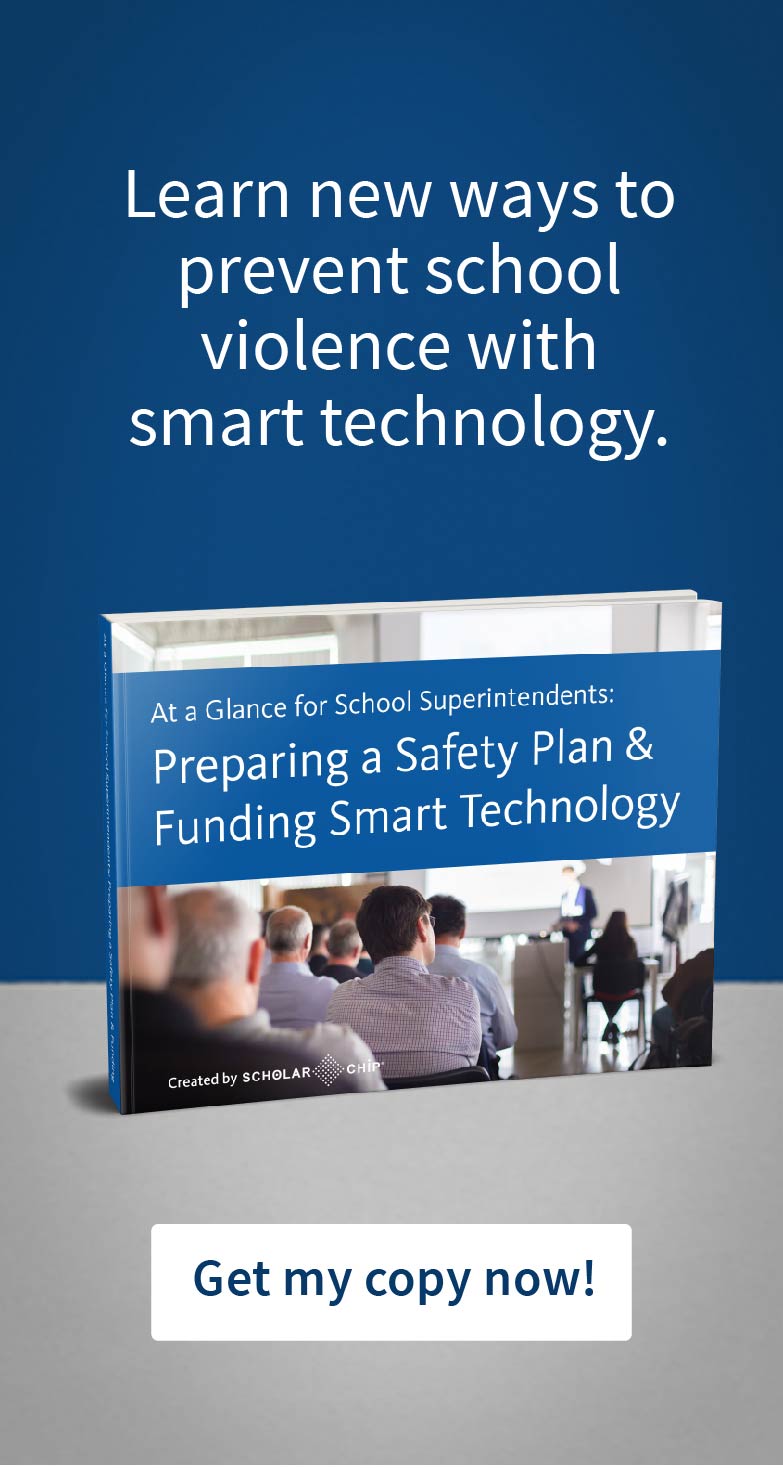According to the Washington Post, President Biden’s half a dozen proposed educational plans would change the school system more drastically than any other proposal in the last half-century. Guaranteed free education would be expanded for four more years—from pre-kindergarten at age three to two years of free community college.
Erica L. Green writes in the New York Times, “The Biden campaign has promised federal relief funding and assistance for schools to address the devastating effects of the pandemic on the academic trajectory of their most vulnerable students.”
To put this agenda into practice, Biden has already ramped up the Education Department’s budget considerably, adding $125 billion to the K-12 budget and almost $40 billion for higher education. Biden also wants to add 41% to the Department’s pre-pandemic budget, including $100 billion earmarked for rebuilding schools.
School leaders want to know how they can use these funds. What are they earmarked for? What would be the best use of the Biden education plan money?
Here, we discuss how the program funding is designed to operate, and answer your most pressing questions.
What does Biden’s proposed budget include?
An interesting facet of the Biden education plan is that there is no specific demand for states and programs to receive the money. In contrast, the Obama administration required educational entities to adopt policies that evaluated teachers based on student test scores and employed a Common Core curriculum to receive part of the $4.3 billion allocated to the Race to the Top grant program.
One of the most significant components of the Biden education plan is its infrastructure component. There are 100,000 public schools in the United States, and some of them are not safe enough for students. Issues include buildings that are in bad condition or are not modernized with sufficient protections.
Biden’s proposal includes $100 billion to outfit K-12 buildings with modern renovations, repairs, and technologies.
Laura Meckler and Danielle Douglas-Gabriel of the Washington Post explain, “Because schools are funded primarily by local property taxes, there are large gaps between tax collections in wealthy, mostly White school districts and high-poverty districts, which are more likely to educate students of color. The big boost to Title I could close some of the gap because the funding would disproportionately aid school districts with large concentrations of poverty,”
How can school leaders collect this money?
At the moment, the plan’s execution is still not clear. According to Chalkbeat, Biden’s plan promises more funding to schools in the greatest need. “That likely means the money will head to schools serving the greatest concentrations of children from low-income families, but there are no specifics yet.”
If states are interested in acquiring funding for their public schools, they will have to create goals for promoting equity in their funding systems. They may end up needing to create equity commissions that would show progress in funding districts more fairly.
“It’s not clear how tempting of a carrot this will be for states, though, since those future increases could be relatively small. In other words, some states might be willing to say no to their share of these new funds if the project becomes a heavy political lift,” Chalkbeat states.
What could school leaders do with the infrastructure package?
Upgrade accountability systems for students and staff.
One of the ways that campuses recognized that they were unprepared for COVID-19 was when they struggled with contract tracing. This practice considers who infected students and staff were in extended periods of connection with.
To simplify contact tracing, consider using Biden education plan funding for ScholarChip’s One Card. Each student and staff member is assigned a card with a unique identifier. They simply need to tap it onto tracking portals whenever they come to campus or enter specific rooms.
This system will simplify contact tracking in the future, ensuring that the spread of disease—be it the flu or COVID-19—is mitigated.
Improve campus safety.
In addition to slowing the spread of disease, One Cards can improve school safety. If there is a dangerous situation on campus, whether a school shooter or a natural disaster, it is crucial to know exactly where each student is.
What’s more, ScholarChip’s Secure Door Access enables authorized personnel to lock down doors with a click of a button, rather than scrambling to lock doors manually. This is a straightforward and meaningful upgrade to your campus security.
Manage campus visitors.
Another suggestion for improving campus safety is ScholarChip’s Visitor Management System. Busy schools are constantly in flux, with volunteers, vendors, and other non-staff members coming on and off campus. But it’s critical that each person who comes onto your campus is accounted for in case of an emergency event and to ensure that they will not harm students.
The Visitor Management system runs each campus visitor through the sex offender registry before they’re issued clearance. The system also monitors who is on campus at all times, so you can account for everyone, not only students and staff.
What’s next for school leaders?
The Biden education promises a major overhaul of America’s educational system. As the Senate is now controlled by the Republicans and the Democrats only have a small majority in the House, Biden may not be able to enact all of his plans. But some, if not all, of his agenda may end up becoming a reality. So, it’s a smart idea for school leaders to start planning now how they would use the infrastructure funds outlined in the plan to improve their campus safety.
The ScholarChip team is dedicated to helping school leaders maximize the safety and well-being of students and the entire school community.
Want to talk more about creating an actionable plan for these funds to help close the learning loss and make reopening effective and safe? Feel free to chat with one of our specialists today!

